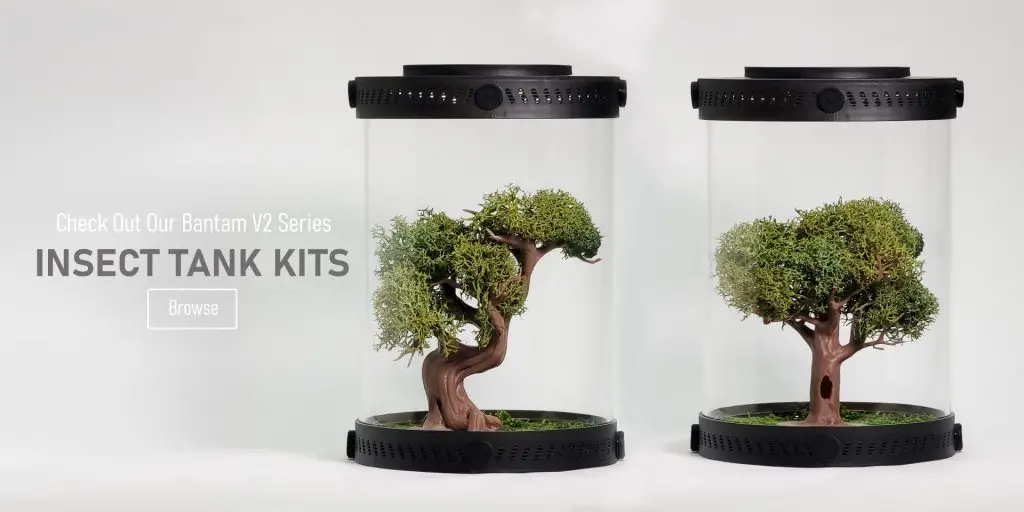Are you curious to learn more about feeding your pet snail?
Here is a complete self-help snail food guide to give you all the information you need.
Having an understanding of what snails eat and how to feed them can make all the difference when it comes to caring for these amazing gastropods.
From what to buy common snails to eat to creating a tasty homemade snail food recipe, we’ve got you covered!
We will also touch on when to feed snails as well as avoid common mistakes. Our DIY Snail Food guide will ensure that your pet snail is getting everything they need to stay healthy and happy.
Let’s dive in and learn more about what snails eat and how to properly feed them!
Table Of Contents:
ToggleWhat Do Snails Eat?
In the wild, snails feed on a wide variety of materials, most of which are rich in minerals, fiber, and protein.
These include leaves, grass, fruits, vegetables, and soil.
Additionally, snails are also known to feed on dead plants and decaying organic matter as sources of calcium.
While snails have the capability of self-harvesting food, they must still be provided with adequate amounts of food to stay healthy.
If a snail’s habitat does not have adequate food, it may go in search of food elsewhere.
It is important to ensure that your pet snail has plenty of food, especially if you plan to keep them in a terrarium.
Provide the perfect diet for your snails when you mix their food into our Bioactive Land Snail Substrate Blend, which is rich in organic material to support their natural feeding habits.
Buy Snail Food
Buying food specifically designed for snails is generally the easiest and safest way to ensure your pet is properly nourished.
These foods are typically high in fiber and calcium, which snails need for proper digestion and shell development.
You can buy them from most pet stores, aquatic nurseries, or online.
Additionally, you can also use other types of food as supplements such as fruits and vegetables, dried fish food, or algae-based pellets.
Be sure to use caution when feeding your snail certain foods, as some foods may be too nutrient-rich and potentially harmful to your pet.
When To Feed Snails
Snails are nocturnal creatures and should be fed during the evening when they are most active.
It is important to note that while snails may feed continuously when they have access to food, they would much rather eat several small meals over the day.
In the wild, snails tend to graze throughout the night. So, to be safe, it is best to feed your pet snails several times throughout the day.
Additionally, it is important to remember that snails will not eat if the temperature is too high or too low, so make sure you keep the food at a suitable temperature for your snails to consume.
Common Mistakes
Many people make the mistake of overfeeding their pet snails as they think more food will make them grow bigger and faster.
However, overfeeding can lead to serious health problems, such as obesity, believe it or not.
Additionally, feeding your snail overly nutritious food can be detrimental, as snails only require a balanced diet of minerals, fiber, and protein.
Also, it is important to avoid feeding your snail any foods that are high in salt or sugar, as these can be toxic.
Lastly, do not forget to remove any uneaten food from their tank, as it can quickly accumulate mold and bacteria, which can cause health issues for your pet snail.
Conclusion
Feeding your pet snail properly is a key component to raising a healthy and happy gastropod.
With this DIY Snail Food guide, you have all the information you need to start crafting a balanced diet for your beloved pet.
Remember, when it comes to feeding your snail, consistency is key.
With just a few simple steps, you can ensure that your snail is getting its daily nutritional requirements!
Create the ideal habitat for your snails with our species-specific soil mixes and Insect Enclosure Kits. These products provide everything you need for a successful and thriving snail habitat.
Frequently Asked Questions
Snails are known to be herbivores, and they mainly feed on a variety of plants such as fruits, vegetables, and leaves. Some species of snails are known to also feed on fungi and decaying organic matter.
You can feed your snails a variety of fresh fruits and vegetables such as lettuce, cucumber, carrot, and apple. You can also offer them calcium-rich foods like cuttlebone or eggshells, as snails need calcium for shell growth. It’s best to avoid feeding them processed or salty foods.



